 There can be many ways on how we can better build connection with ourselves and others, but my focus today is on how we can use our body movement to re-connect to the wounded parts of ourselves and how expressing these wounds to the other will facilitate the process of deeper connection and well-being. I offer group and private sessions that use the principals of somatic bodywork, expressive arts and the theory of experiential and relational approach in the therapeutic work. Further I describe the work involved in the sessions and present some theoretical ground that supports it. The body movement can be used as a means of creative expression, projection, communication and catharsis. Through kinesthetic empathy we can feel our own body and emotional sensations, as well as through mirroring the movement of our peer, we can sense and reflect his/her body language and emotional sensations. This work allows us to free stored emotions and sensations, process them, and integrate back fragmental parts of ourselves. During the group sessions, the participants are grouped in pairs or, if it is a private session, the participant works with the instructor. Each pair engages in a partner work per the steps described further. In the partnership, each partner has a role: a protagonist – the one who tells the story, and a receiver – the one who watches, reflects and responds. The steps of the process worked in partnership: 1) The protagonist is asked to remember difficult life situations to which he/she has uneasy or undefined feelings. 2) The protagonist is asked to express this situation and feelings using only their body language and gestures. 3) The receiver is asked to reflect his/her feelings, emotions, reactions, body sensations and images that were arising when they were in contact with protagonist. 4) The two (receiver and protagonist) are asked to engage in spontaneous dialogue, using only body language and gestures, to communicate with each other whatever will arise. 5) At the end of the process, the protagonist is asked to note everything that was important during this process. The notes can be taken in writing in silence, can be spoken out to the group, or memorized and integrated with time. The key to this work is that there is the other person to whom we express, and this other person responds... the response is what helps to integrate the process! For the healing process to happen, we need to have another human being in front of us who will empathically respond to our wounds. Research in neuroscience (Gallese, 2007), as well as Stern's theory (2010), confirms that human relationships are driven by the perception of the intentional movement of another. Our brains are designed to develop empathy for the intentional movements of others, and our consciousness is created by forms of vitality (Francesetti, 2019). Thus the movement or the gesture that the receiver creates as a response to the protagonist's story will have the healing effect. Have you ever experienced a situation in which you became speechless or numb, as if something blocked your throat and no words would ever come out? Or a situation in which you experience a lot of emotions but have difficulty to express them in words? Bessel van der Kolk explains the complex physiological process by which trauma memories remain in the non-verbal, subconscious, subcortical regions of the brain, where they are not accessible to the frontal lobes: to the areas of the brain associated with understanding, thinking and reasoning. When people remember traumatic events, the frontal lobe becomes dysfunctional, and they experience thinking and speaking limitations as a result, in contrast the right hemisphere areas associated with emotional states and autonomic arousal are activated (Hamel, 2021). For van der Kolk, it’s the body that controls our response to trauma, not our mind; once you can do what you could not do during the trauma, and once you are able to return to your center and refocus on a solid organismic basis, you will change. An emotional memory is an implicit memory that can be reactivated with or without the input of the declarative memory. Peter Levine developed a model called SIBAM: sensation, image, behavior, affect, meaning. This model explains how we create a complete experience, but also how dissociation happens. Levine says that these elements are dissociated during traumatic experiences, while other elements are associated, which leads to different forms of re-experiencing. He thinks that when a person is unable to defend himself when a trauma occurs or to prevent it from happening, unfinished defensive actions become blocked and stored in the nervous system as non-discharged energy. Levine explains somatic dissociation as trauma being trapped inside the body. Attention to one of the elements of the model gives access to others. A person with complex feelings is insensitive to the movement of another and does not make a movement toward another. Thus, we begin the process by renewing sensitivity to the boundary of contact with one another, when we allow the other to see us and acknowledge our existence. Accessing and bringing up to the conscious level difficult life stories helps to process them and come to the resolution. Kalshed writes that understanding the inner world of trauma helps to explain two things: 1) the traumatized psyche continues to traumatize itself (the traumatic process continues in the inner world, and we can discover this through dreams and fantasies), 2) people who have experienced psychological trauma constantly find themselves in life situations in which they are traumatized again (Kalshed, 1996). Trauma as an unfinished situation from the past and a fixed perception was first described by the founders of Gestalt psychotherapy (Perls, Hefferline, Goodman, 1951). The unfinished situation from the past that holds unexpressed feelings gets never fully experienced or discharged. Such situations make it difficult for the person to be conscious, centered, present in the here and now moment and be authentic in contact with another. Unfinished situations seek completion and when they become strong enough, the individual becomes surrounded by previously captured compulsive behavior, caution, suppressed energy and self-harmful activities (Polster and Polster, 1973). The building connection with inner-self sessions are good for people: • who have been experiencing unresolved life situations toward which they hold strong emotions and memories, • who have finished life situations, but negative thoughts and emotions continue to be present, • who have difficulty in communicating emotions and empathy to others, • who have difficulty in connecting to their own feelings and emotions. More information about session inquiries can be found on page Art Therapy "Happy You" Stages of Meditation: Training the Mind for Wisdom by The Dalai Lama.
The Dalai Lama explains the principles of meditation in a practice-oriented format especially suited to Westerners. Based upon the middle section of the Bhavanakrama by Kamalashila, a translation of which is included, this is the most extensive commentary given by the Dalai Lama on this concise but important meditation handbook. In his words, "This text can be like a key that opens the door to all other major Buddhist scriptures." Topics include the nature of mind, how to develop compassion and loving-kindness, calm abiding wisdom, and how to establish a union of calm abiding and special insight. How to Practice: The Way to a Meaningful Life by the Dalai Lama. An instructional resource and inspirational guide to daily life describes each step on the path to spiritual enlightenment and explains how to practice everyday morality, meditation, wisdom, and compassion. The Path of Individual Liberation by Chogyam Trungpa. Topics covered in detail in this volume include the four noble truths, karma, the four foundations of mindfulness, meditation practice, the refuge vows, the three jewels, the five skandhas, the five precepts, and twofold ego-less-ness. The Sunlit Path by the Mother. In this book, which is a collection of brief passages mostly from conversations with disciples and students at the Sri Aurobindo International Center of Education, the Mother invites her listeners and readers to answer the call of adventure by courageously taking the path of spiritual self-perfection and transformation. The excerpts are arranged thematically to present the Mother's guidance to the seeker, showing the way through shadows and stumbles to a sunlit path through such topics as how to control one's thoughts, breaking the hard shell of the ego, the absolute necessity of a perfect sincerity, the right attitude to take when faced with even the most mundane affairs of life, the nature of dynamic meditation, and the liberation of a complete surrender to the Divine. Powers Within by Sri Aurobindo, the Mother. This book brings light on the nature of various inner powers which we already possess and use more or less unconsciously, as well as with latent powers within, which are as yet undeveloped. The book is of interest to the general reader as well as to the spiritual seeker. Ayurvedic Yoga Therapy by Mukunda Stiles. This book describes in details how we can reach a more balanced and harmonious physical and emotional well-being following in accordance with the mother-nature or change of seasons (winter-spring-summer-fall), as well as attuning to the rhythms of each individual. The Women's Book of Healing by Diane Stein. In her book, Diane Stein demystifies, explains and teaches how to use ancient skills and techniques to promote femail energies and well-being. The book describes aura and chakra work, creative visualization, meditation, laying on hands, psychic healing, and working with crystals and gemstones. Nourishing Meals by Alissa Segersten and Tom Malterre, MS,CN. Cooking and Health. This book is filled with over 300 gluten-free whole foods recipes for the whole family. В современной психологии существует много подходов и техник в работе со сновидениями. В данном посте я опишу лишь одну такую технику, которая применяется в гештальт психотерапии работы со сновидениями.
Гештальт психотерапия говорит нам о том, что с помощью проигрывания объектов сна или отдельных его фрагментов может быть обнаружено скрытое содержание сновидения через его переживание и проживание, а не посредством его анализа. Так, для того чтобы достичь интеграции, необходимо совместить отчуждённые части нашей личности, снова признать своими спроецированные части, а также признать своими скрытые тенденции, желания и побуждения, которые проявляются во сне. Техника работы: Шаг 1: Я прошу клиента рассказать свой сон от первого лица, используя местоимения Я, и в настоящем времени, как будто бы сон действие происходила сейчас. Шаг2: Я спрашиваю клиента о том, что он чувствует сейчас, когда рассказал мне этот сон, и чтобы он хотел сейчас сделать. Это даёт место для рефлексии. Шаг 3: Я прошу клиента назвать объекты (предметы) и персонажи из сна. Кто ещё участвует во сне? Что ты видишь во сне (стол, часы, поезд)? Далее я прошу клиента выбрать самый непривлекательный предмет из сна или тот предмет, к которому он испытывает сложные чувства (страх, гнев, тревогу, растерянность). Далее я прошу клиента представить, что он и есть этот предмет и начать говорить от его лица. Этот момент часто смущает клиентов и кажется абсурдным, но это тот самый ключевой момент во всей работе. Если клиент затрудняется, то я могу предложить некоторые вопросы, которые помогут начать рассказ, например: как этот предмет выглядит? Что он делает? Если бы он мог говорить, чтобы он сейчас сказал? Например: «Я часы. Очень симпатичные старинные часы. Моя задача показывать точное время и никогда не ошибаться, и так далее» Шаг 4: После того, как завершён рассказ, то я прошу клиента отрефлексировать свои переживания, чувства и мысли. Я задаю важный вопрос: «Как эта история похожа на тебя и на твою жизнь?» «Какие части рассказа ты идентифицируешь с собой? А какие кажутся тебе чужими, неприемлемыми, отвергнутыми?» «Посмотри ещё раз на эти отвергнутые части: так уж они неприемлемы или ты хочешь что-то изменить?» Кристина Иванова Психолог. Гештальт-терапевт. Консультирую онлайн. Запись по телефону +1 425 749 0989 (WhatsApp, Telegram) О стыде из личного опыта …
Мне не понаслышке известно о том, что такое чувство стыда, как оно проявляется телесно, а самое главное то, насколько оно влияет на моё эмоциональное состояние, Я-концепцию, и как следствие моё проявление во взаимоотношениях с другими людьми. Приведу пример из личного опыта. Представьте, такую картину: я собираюсь принять участие в обучающем тренинге. Тренинг проходит онлайн с обязательным условием, что участники должны присутствовать с включёнными камерами. И вот остаётся полчаса до начала тренинга, и со мной начинают происходить метаморфозы…. За полчаса до подключения к онлайн конференции в моей голове появляется рой мыслей: «А тебе обязательно туда идти?», «А что будет, если ты попустишь?», «А может мне опоздать?», «Интересно, что будет если я не сразу включу свою камеру?», «Зачем оно мне вообще всё это нужно! Я лучше займусь чем-то более полезным!» После того, как мне всё-таки удаётся пробраться через эти мысли к осознаванию того, что это ничто иное как механизм избегания, и я имею дело ни с чем иным как со «стыдом быть увиденной другими людьми», я начинаю причёсывать волосы, делать лёгкий макияж и одеваться, то есть «приукрашиваю внешний фасад», думая о том, что «хотя бы по внешнему виду не будет так заметно, что я волнуюсь и боюсь.» На этом мои страдания не заканчиваются…наступает момент подключения к конференции и нажатие кнопки «включить камеру». Меня ещё раз посещает мысль: «А может всё-таки без камеры…и а что если я опоздаю!». Но взвешивая альтернативы я понимаю, что мне будет страшнее подсоединиться к конференции, когда она уже началась, ведь тогда я ещё больше привлеку к себе внимания, а именно этого я и боюсь. И вот я вхожу в пространство и … замираю. Мы можем дискутировать на тему того, а какое же здесь проявление или может быть совокупность нескольких проявлений, например токсический стыд, детская травма, страх отвержения, attachment issues, и так далее. Но я остановлюсь на стыде, поскольку в этой статье моя цель говорить о нём. Что же такое стыд? В первую очередь стыд это социальное чувство, возникающее, когда другой человек видит меня делающего что-то что нельзя делать. Для того чтобы чувство стыда появилось нужен наблюдатель, то есть тот, кто будет видеть. Также нужно, чтобы я совершала действие, которое по каким-то нормативным условиям подпадает в категорию социально неприемлемых, осуждаемых, недопустимых. Так, например достаточно того, что родитель, застукав ребёнка за поеданием конфеты, недружелюбным, строгим, повышенным, пугающим ребёнка, голосом говорит, что «так делать нельзя и я тебя за это накажу!». Возвращаясь к моему примеру…давайте, посмотрим на него в этом контексте. На конференции я буду увидена другими людьми (наблюдателями), и уже одного этого достаточно для того, чтобы я испытывала весь комплекс эмоционально-когнитивного аффекта, который я описала выше. В моём примере речь идёт о токсическом стыде, поскольку я начинаю испытывать аффект (называемый мною стыдом) заранее, в своей антиципации, фантазии. Более того я не совершаю неприемлемого действия, но я уже охвачена этим чувством – токсическим стыдом (выученная реакция на сообщения, полученные мной в детстве, к которым возможно я не имела никакого отношения). Чего же я стыжусь? В моём примере с конференцией, я знаю, что мне нужно будет что-то говорить, как-то проявляться, поскольку этот тренинг, по сути, интерактивный и начинается с того, что каждый участник рассказывает о себе что-то. Это данность и является фактом. Я знаю об этом заранее и именно этого боюсь. Я боюсь и стыжусь проявлениям себя при условии, что я буду замечена (увидена) другими. Тогда я могу предположить, что мой травматический опыт заключается в том, что моим проявлениям не было места или мои проявления осуждались, останавливались, упрекались значимыми взрослыми. Суммируя, можно сказать, я не были принята такая, какая есть, и сейчас мой токсический стыд вырастает из этого опыта. Приведённые мною рассуждения являются лишь моей терапевтической гипотезой, исходя из анализа ситуации. Как работать со стыдом? Этим вопросом задаются многие обучающиеся терапевты и, в том числе, я. Как-то на своём обучающем модуле я слышала концепцию о том, что со стыдом невозможно работать напрямую, поскольку его трудно ухватить и уж тем более придумать интервенцию, которая бы что-то поменяла или исправила. Но я верю, что через осознавание самого процесса, познание его глубины и корней, а также через присваивание себе права на то, чтобы испытывать стыд, смущение, страх даст возможность личной трансформации, когда стыд перестанет быть всепоглощающем и деструктивным, а станет лишь лёгким оттенком, в данном случае, моей идентичности. Кристина Иванова Психолог. Гештальт-терапевт. Веду чатсные консультации онлайн. Запись по телефону +1 425 749 0989 (WhatsApp, Telegram) About Shame From Personal Experience ...
I know firsthand what the feeling of shame is, how it manifests itself physically, and most importantly, how it affects my emotional state, self-concept, and, as a result, my manifestation in relationships with other people. I will give an example from my personal experience. Imagine this situation: I am going to partake in an educational training. The training is held online with the obligatory condition that the participants must be present with their cameras turned on. Half an hour before connecting to the online conference metamorphoses begin to happen to me... A swarm of thoughts appears in my head: “Do you really have to go there?”, “What will happen if you let it go?”, “Maybe I should be late?”, “I wonder what will happen if I don’t turn on my camera right away?”, “Why do I need all this at all! I’d rather do something more useful!” After I finally manage to get through these thoughts toward the realization that this is nothing more than an avoidance mechanism. And the realization that I am dealing with nothing more than the “shame of being seen by other people”, I begin to prepare myself. I comb my hair, put on light makeup and get dressed, that is to “embellish the outer facade”, thinking to myself: “at least if I appear fully dressed up it won’t be so noticeable that I am actually worried and afraid.” My suffering does not end there... finally there comes the moment to connect to the conference and press the “turn on camera” button. The annoying thought crosses my mind once again: “Maybe I’ll do it without a camera ... or what if I am actually make myself being late!” After tossing the alternatives, I realize that it will be even more scary for me to connect to the conference when it has already started, because then I will attract even more attention to myself, and this is exactly what I am afraid of. And so, I connected to the conference and... froze! From the therapeutic position, we can discuss what was happening and offer many views on the situation, for example, toxic shame, childhood trauma, fear of rejection, attachment issues, and so on and on. But I will focus on shame, since my goal in this article is to talk about shame. What is shame? Shame is a social feeling that arises when another person sees me doing something that I shouldn't do. For the feeling of shame to appear, an observer is needed, that is, someone who will see (watch, hear, observe). It is also necessary that I do an action that, according to some normative conditions, falls into the category of socially unacceptable, condemned, unacceptable. So, for example, it is enough for shame to arise if a parent, having caught a child eating candy, says in an unfriendly, strict, raised voice that frightens the child, "You can't do that, and I will punish you for it!" Coming back to my example… let’s look at it in this context. At the conference, I will be seen by other people (observers), and this alone is enough for me to experience the complexity of emotional-cognitive affect. In my example, I begin to experience the effect (which I call toxic shame) in advance, in my anticipation of what will happen, which is my fantasy. Moreover, I did not commit an unacceptable act yet, but I am already anticipating the negative result and overwhelmed by the negative feelings, such as anxiety, fear, shame. This leads me to the conclusion that I am experiencing a toxic shame (a learned reaction to messages we received in childhood, to which we have had nothing to do). What am I ashamed of? In my example with the conference, I know in advance that I will need to participate in group discussions and activities, I will need to say out loud my opinions and be interactive (this is what training is about, and it expected from everyone). I knew it in advance, and this knowledge gave me a solid idea that I would be seen, but this is exactly what I am afraid of. I am afraid and ashamed of showing myself in front of other people. I am afraid because I am toxically ashamed of being noticed by others. I assume that my traumatic experience arises from a place in the past where I had no place to be seen and heard as I was. Or maybe the way I showed off was not accepted, was not appealing or desired by significant adults. To sum it up, I was not accepted as I am, and now my toxic shame grows out of this experience. Again, my focus in this article in the gestalt approach of “here and now”, dealing with the situation at its current state without going back into the past (that could potentially lead toward the attachment trauma). How to work with shame is the question that many therapists-in-training ask, and I am not the exception. Once, in my gestalt therapy training module, I heard the concept that it is impossible to work with shame directly, since it is difficult to grasp it, much less come up with an intervention that would change anything. But I believe that through awareness of the process itself, deep understanding of its roots, as well as by allowing ourselves to experience shame, embarrassment and fear, embracing these uneasy emotions and making them our own will provide an opportunity for personal transformation. At this moment shame will cease. Kristina Ivanova Gestalt psychotherapist - in - training. Online consultations available by appointment. I took the 3rd Place at the Jack and Jill category in Tango ....Jack and Jill category...great experience! In this category, followers and leaders were judged individually, and were paired up at random selection, rotating the partner for each song in a Ronda. So I danced with 10 leaders, oh my god, what an experience! The evaluation criteria is technique, adaptation to a new partner, musicality, personal expression.
I went through three days of competition from qualifying rounds toward semi-finals and finals. Each day we had about half dancers left to continue the race. What a unique experience I had dancing at the finals with a female leader, and then again at the tie breaker ...by the way they didn't tell us in advance but the tie breaker was between me and another girls, and yes I did , snugged my 3rd place. For me personally, it was such an outstanding experience ... I grew up and learnt a lot in dancing and in life, also helped to learn a little bit more about my inner self. Definitely it was worth going and doing it, and if you were to ask me if I would do it again, I say "hell, YES"! During the first months of Pandemic COVID19, I was locked alone in my Airbnb apartment in Buenos Aires. I did not know what was going to happen and how I would go back home, I was scared and felt anxious. So I decided to start integrating some regular daily activities to keep me going and I mood uplifting, sort of creating a hope and meaning in my life. One of these activities was to prepare a class plan and later the next day to record a tutorial, step-by-step class with description and movements. While waiting for my flight back to the USA, I created about a dozen of tutorials for each dance the Chacarera and the Zamba. These dances are in the Folklore family of Argentina. I guess that was a survival instinct lead by my creative approach, it is called the creative adaptation and resilience during stressful times. Anyway, the lockdown of the pandemic time is a history now, but you can still make a use of the tutorials that I created. If you are looking for some comprehensive beginner friendly tutorials to study the basics of Argentinian Chacarera and Zamba, you are at the right place. On my YouTube Channel there are at least 13 video classes for each dance. I will leave here only the first lesson for each dance, so please know that there are much more on my channel. Chacarera dance TutorialZamba dance TutorialIn 4 days, my friend Anastasia and I prepared a choreography for the annual tango dance showcase in Seattle, WA. We danced to D'Arienzo tango song "Quasi Nada" that I love so much for its dynamic and playfulness. This was our first time dancing and working together. Very much enjoyable time from the first rehearsal up to the final performance. You can see the video below. For a little while when I lived in Buenos Aires in 2020 - 2021, I used to organize private guided tours in Buenos Aires, Argentina. I am no longer doing it, but I want to keep a memory of what it used to be like.... 7-day BAs Tango Art Tour7-day Private Tour Package Includes: * Hand out brochure “What to Expect … Be Prepared!”. * Assistance in finding and booking your accommodation. * Translation Spanish / English / Russian. * Welcoming home-cooked dinner (dietary restrictions honored). * Transportation during our scheduled activities (bus/metro at day, and taxi at night). * Coordinating and assisting (translation and dance partnering) in group dance lessons (class fees included). * Coordinating and scheduling your private dance lessons with best local teachers (private teacher fees excluded). * Guided walking tours of the iconic places (lunch / snacks / bottled water included). * Guided outings to social dancing scenes "Milonga" (tango) and "Peña" (folk dance and music gathering) (ticket included). * Theater music/dance show (ticket included). * Personal assistance in art shopping (tango / folklore shoes, clothing, music and souvenirs). * Making suggestions and reservations at local cafes and restaurants. 7-day Private Tour Package Excludes: * Airfare cost (international tickets and/or domestic tickets). * Accommodation. * Out-of-pocket expenses: food, restaurant bills, transportation (off tour hours), any additional expenses that are not listed as included in your brochure (see above). * Any personal expenses that you will occur during your tour (shopping, medicines, souvenirs, etc). 7-дней частный тур-пакет включает: * Авторская брошюра в электронном виде “Будь готов! Сюрпризы и неожиданности местной жизни!”. * Нахождение гостиницы и консультирование по бронированию. * Перевод Испанский / Русский / Английский. * Приветственный ужин, приготовленный по домашнему рецепту с соблюдением диетических противопоказаний. * Транспортировка во время запланированных мероприятий и экскурсий (общественный транспорт в течение дня и такси в ночное время). * Координирование и ассистирование (перевод и партнерство) на групповых танцевальных уроках (стоимость групповых занятий включена). * Координирование частных уроков с лучшими местными преподавателями (стоимость частных уроков не входит в стоимость тура). * Пешеходные экскурсии по главным достопримечательностям города (лёгкий ланч / питьевая вода включены в стоимость тура). * Сопровождение на танцевальные вечера: "милонги" танго и 'пенья" аргентинский фольклор (входные билеты включены в стоимость тура). * Поход в театр на музыкально-танцевально-театральное представление шоу (входной билет включен в стоимость тура). * Персональное ассистирование в шоппинг (танго / фольклорная одежда и обувь, музыка и сувениры). * Рекомендация и резервирование ресторанов. |
AuthorKristina Ivanova Archives
September 2024
Categories |
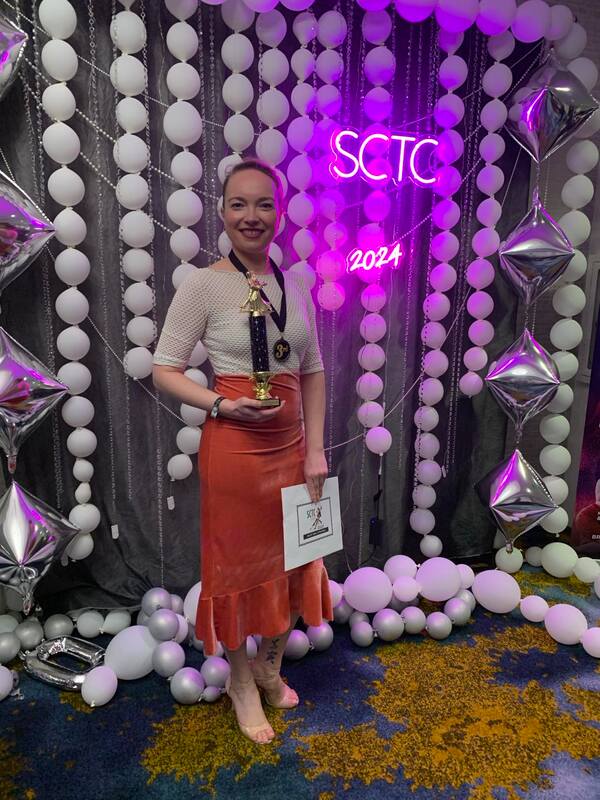

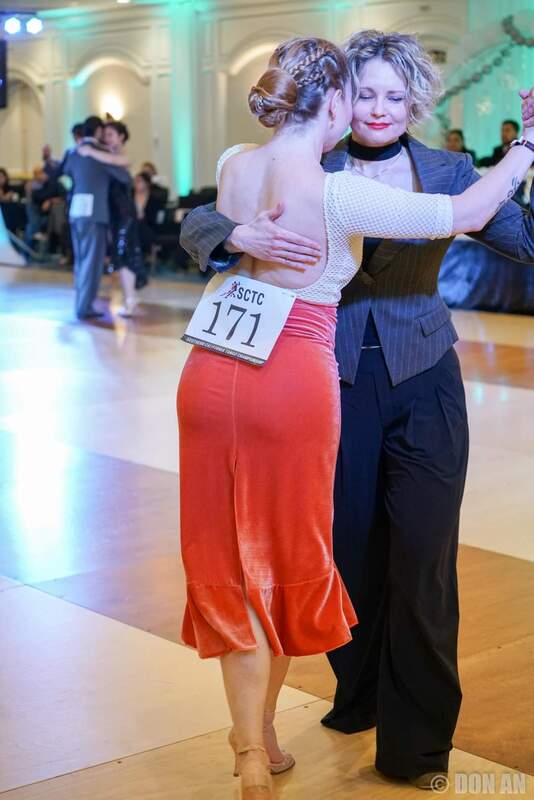



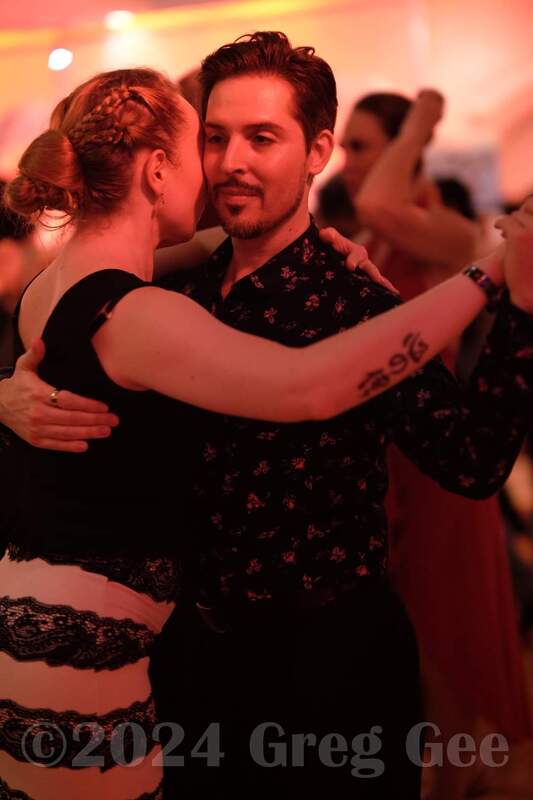
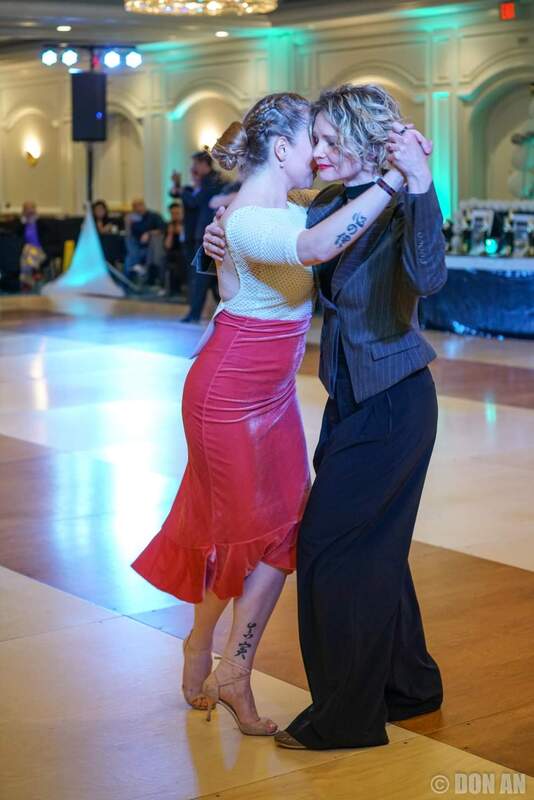
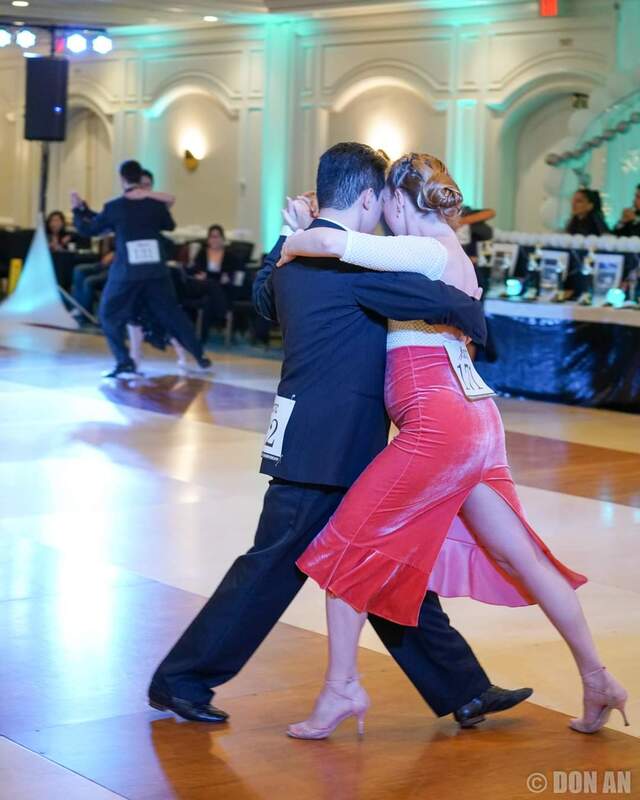
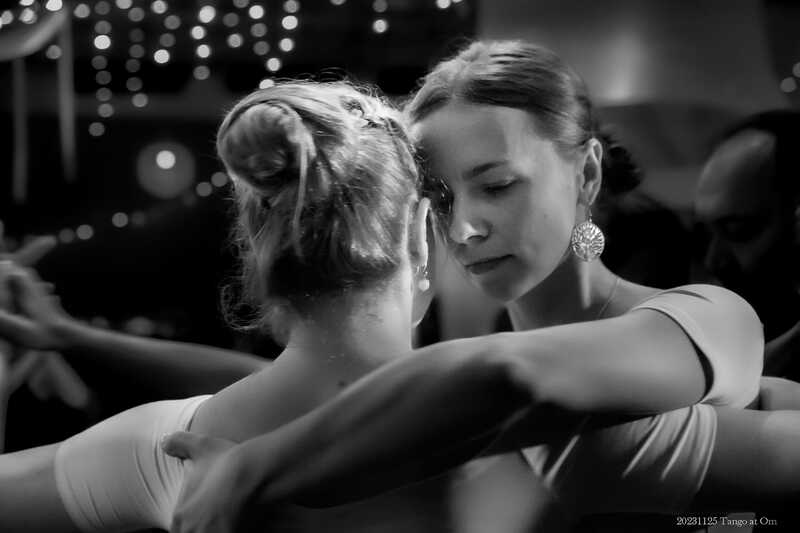
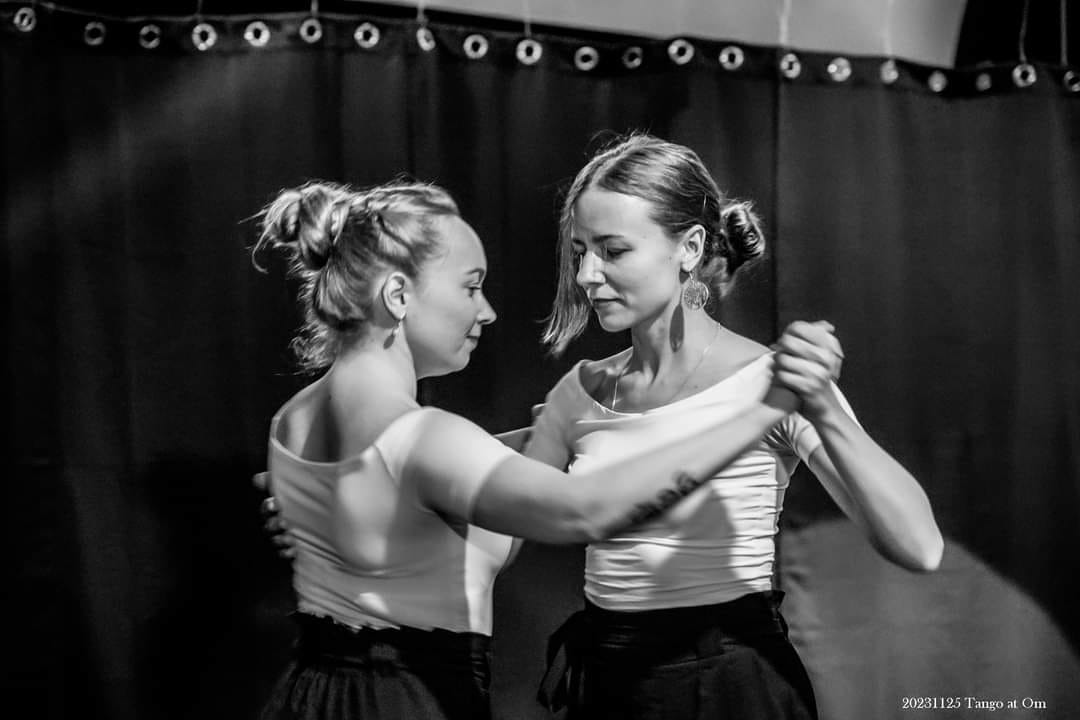
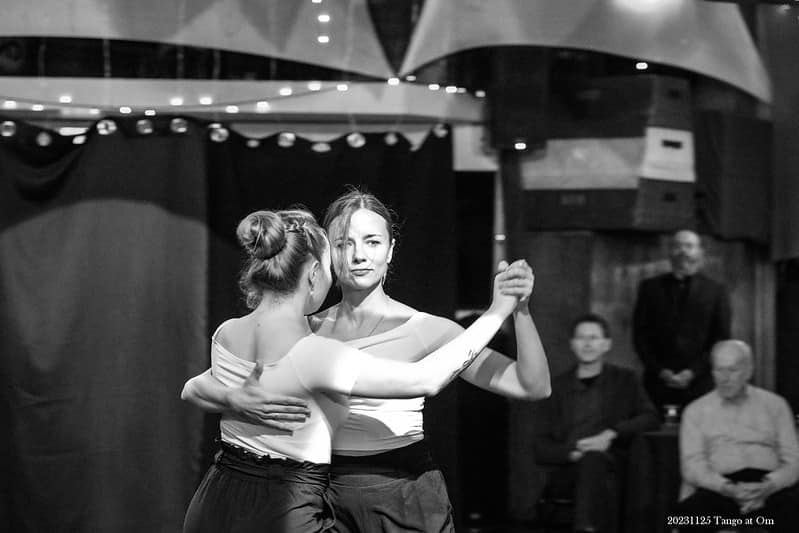
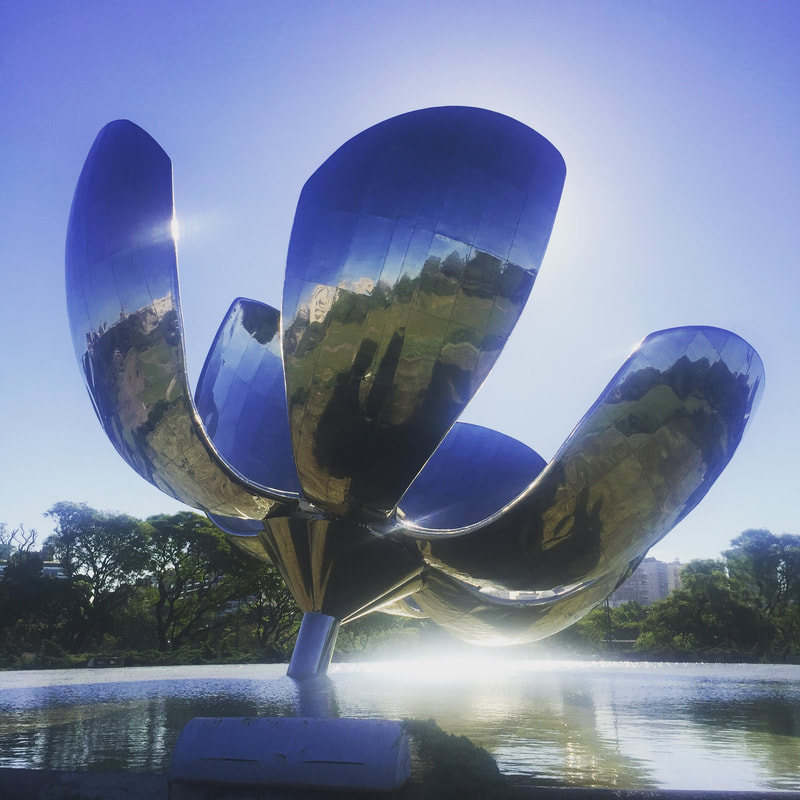
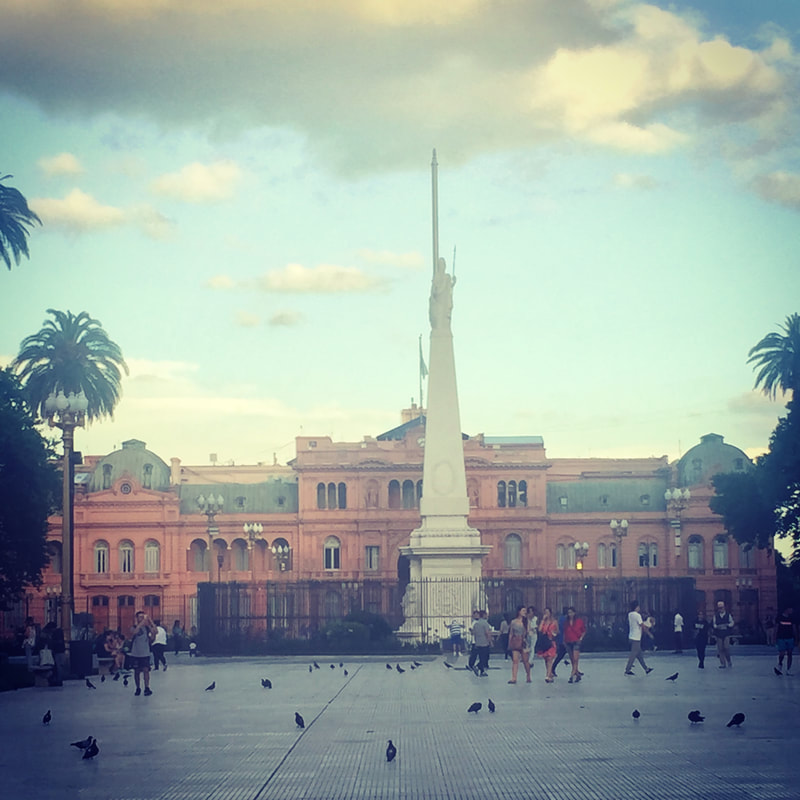
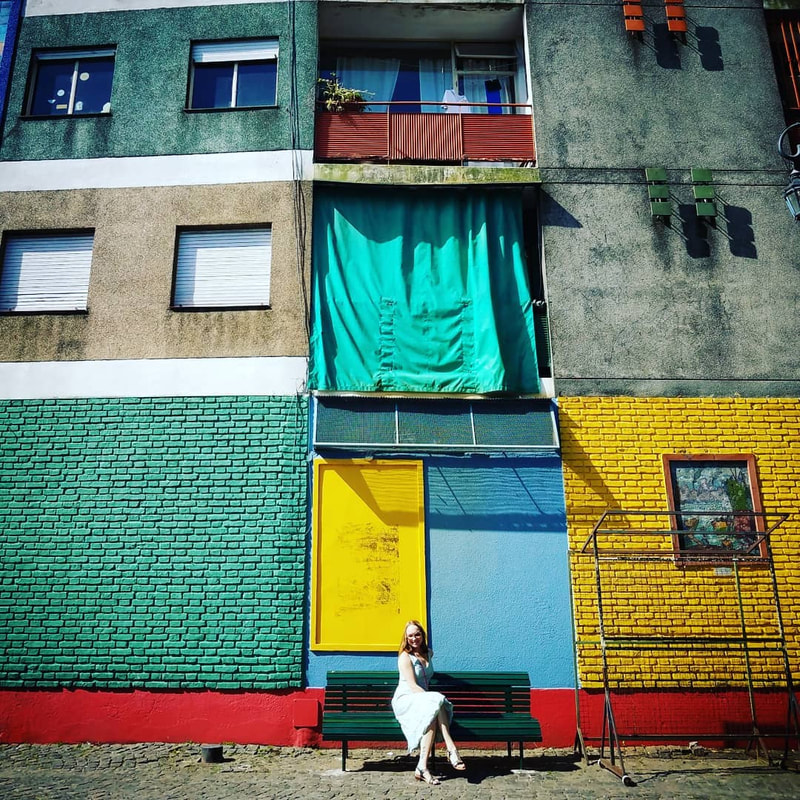
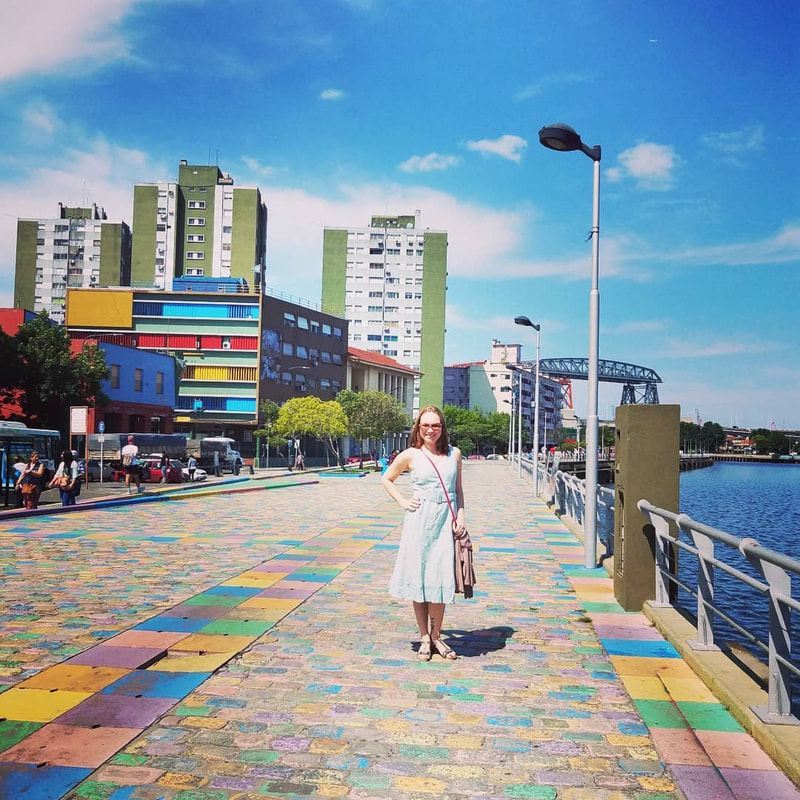
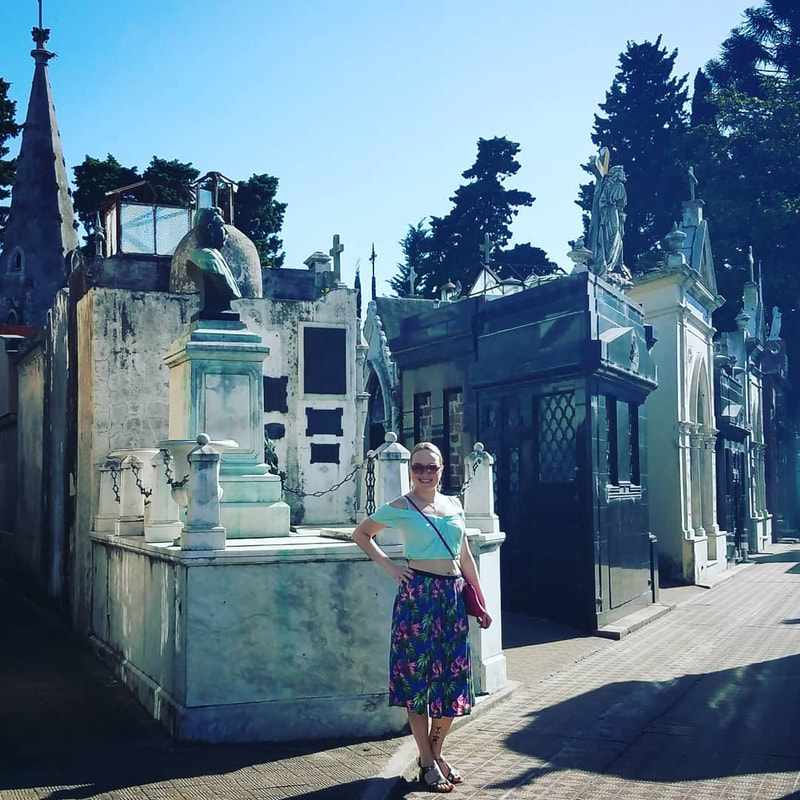

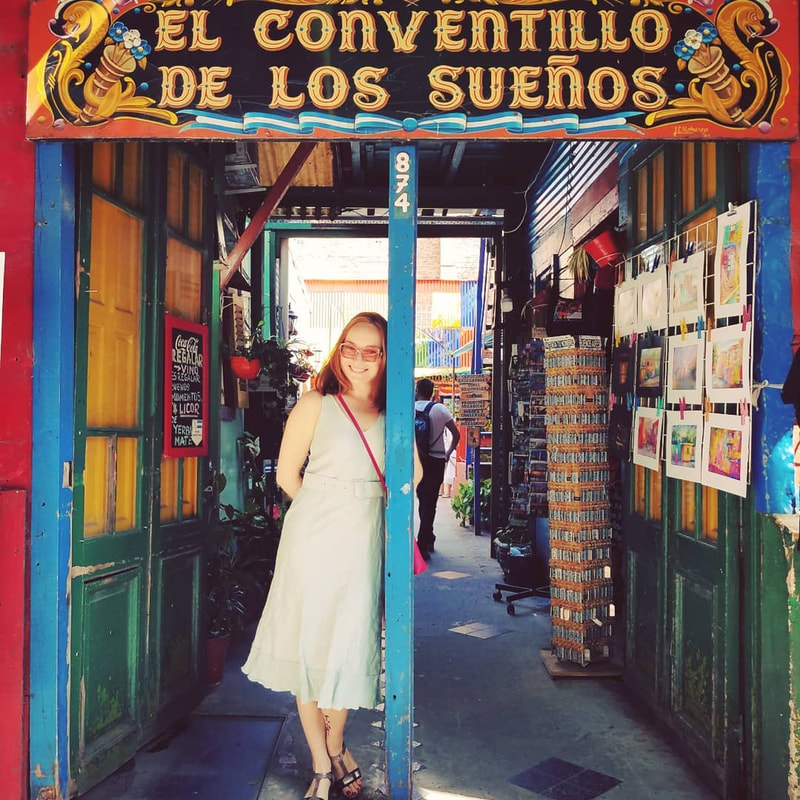
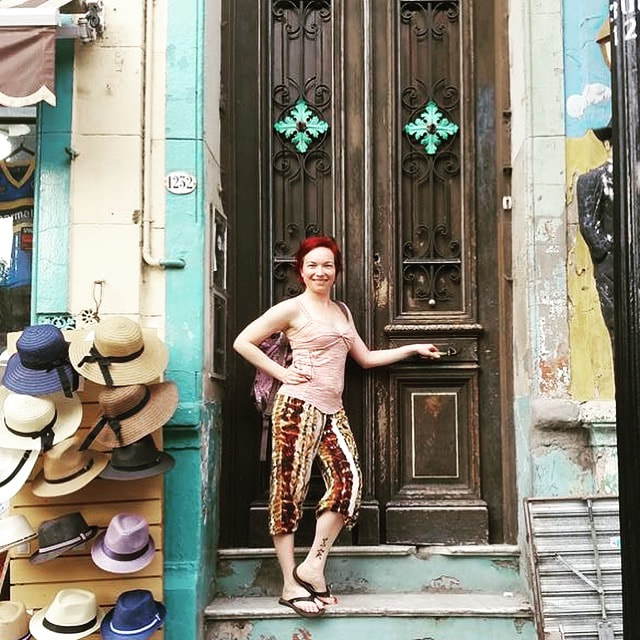
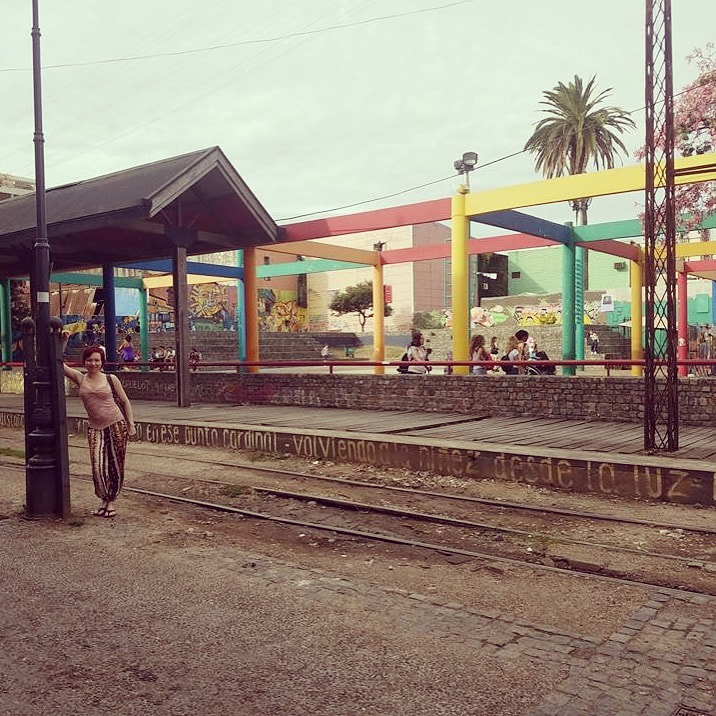

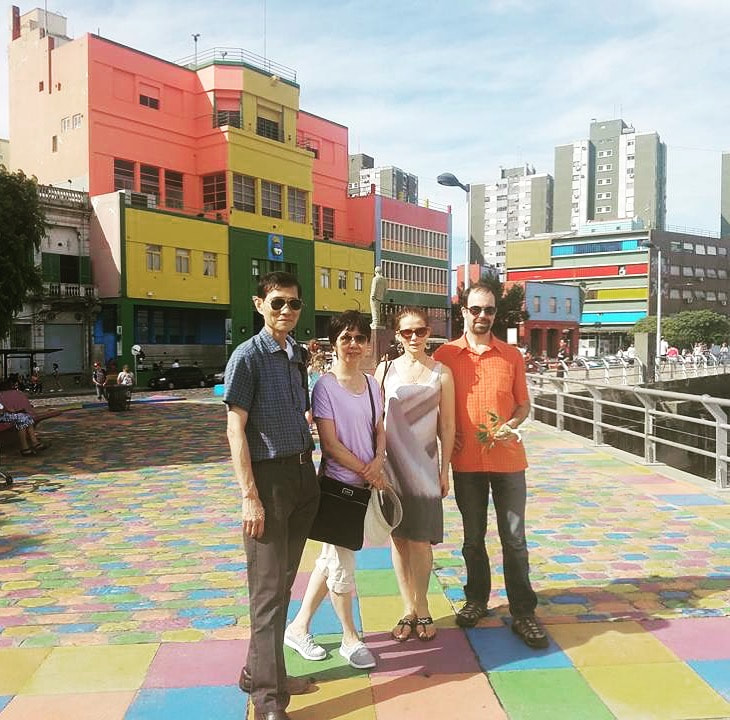
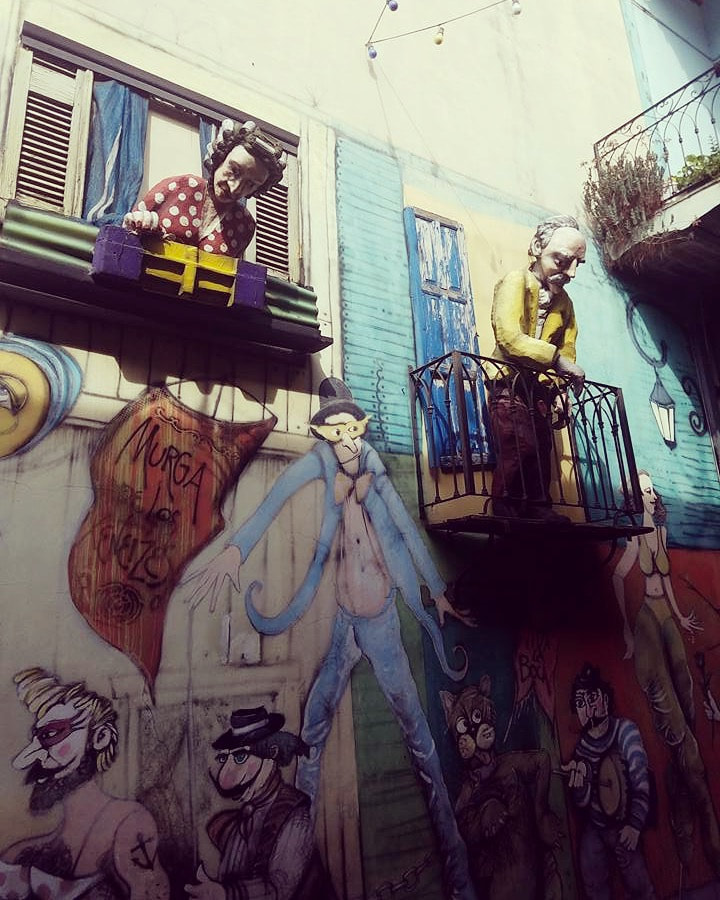
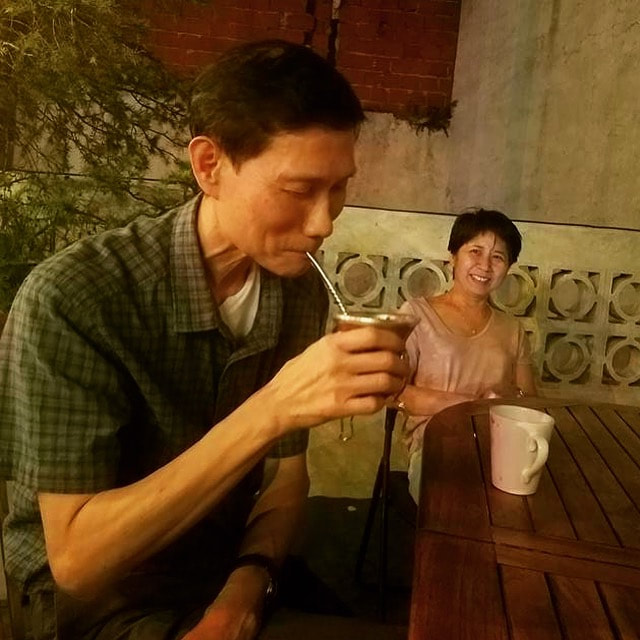
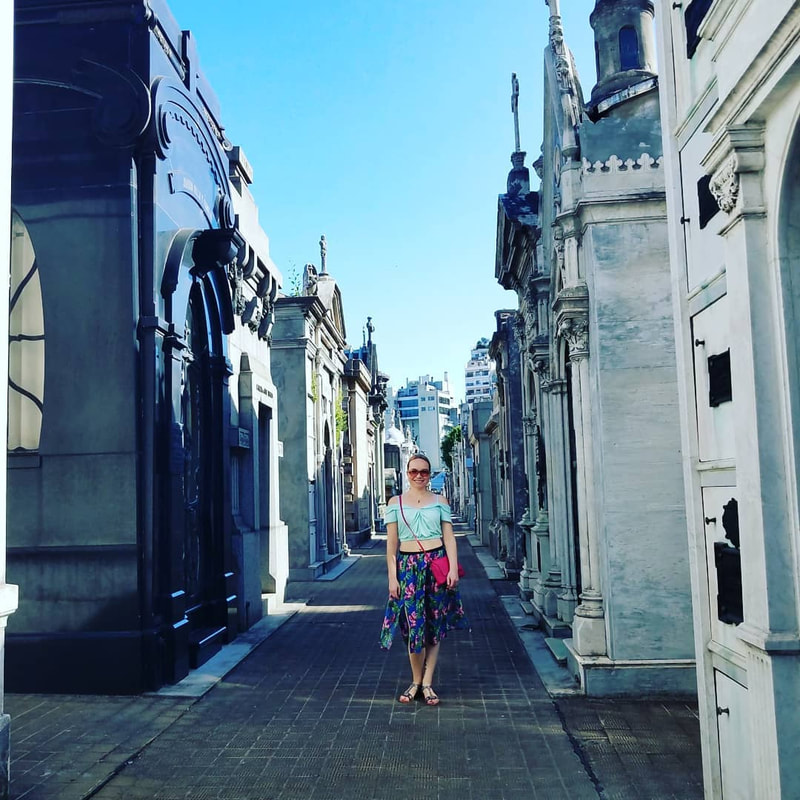

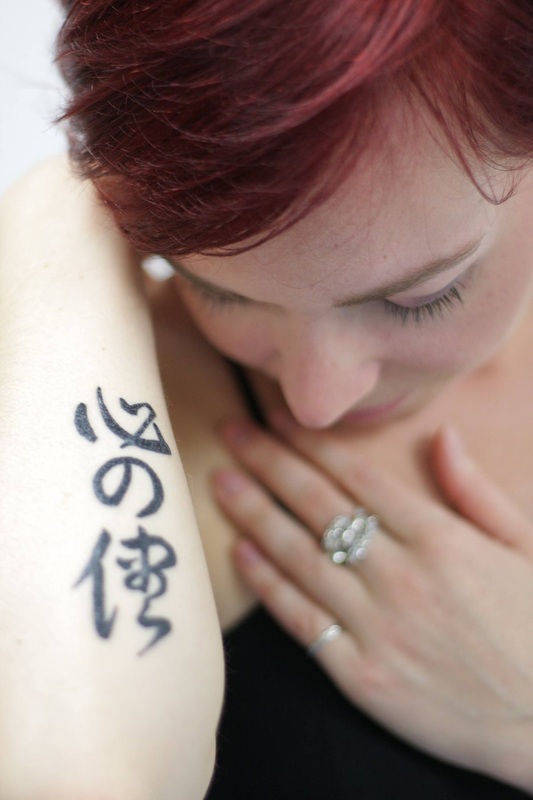
 RSS Feed
RSS Feed